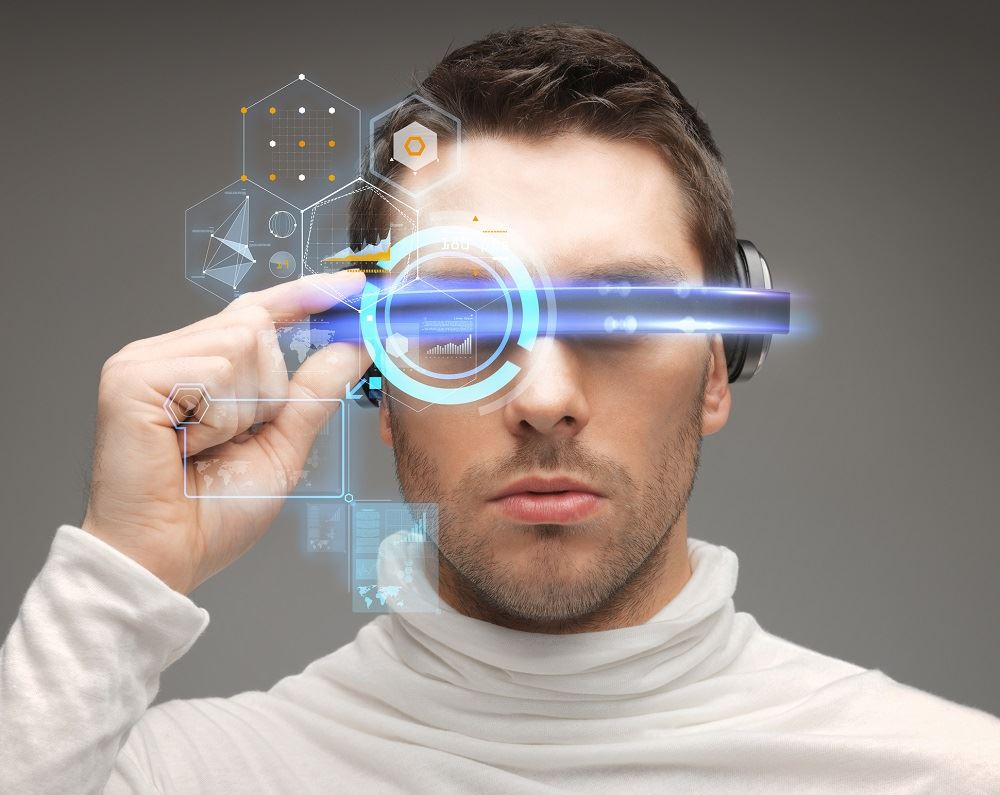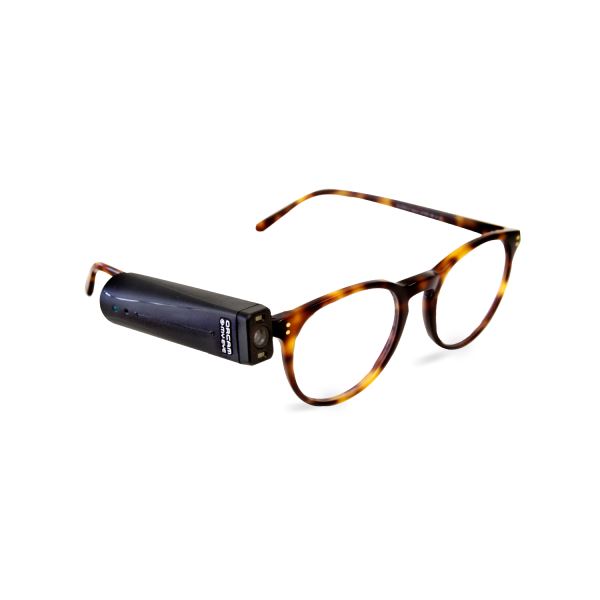Maximizing Efficiency with Screen Readers for the Blind: A Comprehensive Guide
Maximizing Efficiency with Screen Readers for the Blind: A Comprehensive Guide
Blog Article
Discover Advanced Assistive Tools for Individuals With Aesthetic Problems
The landscape of assistive innovation for people with aesthetic impairments is advancing swiftly, presenting a variety of innovative tools that enhance freedom and interaction. From smart glasses that effortlessly merge aesthetic input with acoustic assistance to innovative navigation applications that redefine spatial recognition, these tools are improving possibilities.
Smart Glasses Innovations
Smart glasses represent a significant development in assistive innovation for individuals with visual problems. Outfitted with sensors and cameras, clever glasses can record real-time aesthetic info, which is then refined and shared to the individual through sound responses or haptic feelings.
Furthermore, developments in artificial knowledge have further boosted the capacities of wise glasses. Artificial intelligence algorithms can recognize faces, reviewed text, and identify things, making them vital devices for everyday tasks. Customers can receive acoustic cues that give context about their atmosphere, cultivating self-reliance and confidence.
In addition, the ergonomic design and light-weight nature of numerous clever glasses make them appropriate for long term use, ensuring convenience while boosting performance. As these tools continue to progress, they hold the potential to reinvent the means individuals with aesthetic impairments experience their lives, linking the gap between accessibility and innovation. The recurring research and advancement in this area promise to broaden the opportunities for clever glasses, making them a necessary component of modern assistive devices.
Navigation Apps and Equipment
Various navigating apps and tools have actually emerged as essential resources for people with aesthetic impairments, considerably boosting their ability to go across unfamiliar atmospheres. These innovations utilize GPS functionality, audio hints, and real-time data to give users with precise navigation support.
One famous instance is the Aira application, which attaches customers to trained agents that can provide visual descriptions of surroundings and navigating guidance via a real-time video clip feed. This solution boosts the customer's spatial recognition and self-confidence while browsing. One more remarkable device is Seeing Eye GPS, which uses voice-guided navigating and points of passion, allowing customers to gain access to crucial information about their environments.

As modern technology remains to advancement, the growth of a lot more sophisticated navigating tools assures to additional encourage people with visual problems, assisting in seamless wheelchair and integration right into diverse environments. Such advancements are critical in promoting an extra inclusive society.
Braille Technology Developments
In current years, developments in Braille modern technology have actually dramatically transformed exactly how individuals with visual impairments access details and involve with the world around them. The development of mobile Braille screens has transformed reading by permitting customers to link wirelessly to tablet computers, computers, and smartphones. These tools transform text into Braille in real-time, enabling smooth communication with digital content.
Additionally, cutting-edge Braille printers have emerged, boosting the production of tactile products. Modern embossers are quicker and much more reliable, permitting the quick development of Braille records and academic products. This efficiency minimizes the moment and cost related to producing Braille sources, making them much more accessible to institutions and companies.
Additionally, the combination of Braille with various other technologies, such as fabricated intelligence and artificial intelligence, has opened up brand-new avenues for individualized learning experiences. Voice recognition and synthesis innovations can enhance Braille, offering an inclusive strategy to details dissemination.
As the demand for inclusive education and learning and office environments grows, these technological innovations play an important function in encouraging people with aesthetic problems, guaranteeing they have equivalent access to details and possibilities in numerous aspects of life.
Wearable Gadgets for Freedom
A growing range of wearable devices is improving self-reliance for individuals with visual problems, using ingenious options that boost navigating and everyday living. Braille displays and notetakers. These gadgets use sophisticated innovations to supply real-time responses and assistance, promoting autonomy in various environments

Wearable technology additionally includes smartwatches that can be programmed with access functions, enabling customers to obtain notices, track their locations, or also call for basic eye exam aid with the touch of a button. Some devices integrate artificial intelligence to assess the environment, offering audio summaries of neighboring objects or individuals.
Voice-Activated Assistive Solutions
Leveraging voice-activated assistive remedies has changed the landscape of assistance for individuals with visual problems, offering hands-free communication and access to a range of jobs. These modern technologies utilize natural language handling and expert system to enable users to do everyday activities through easy voice commands.

Additionally, current advancements in voice acknowledgment accuracy have actually enhanced the individual experience dramatically, accommodating varied here are the findings accents and speech patterns. This inclusivity makes certain that even more individuals can benefit from these technologies, fostering a better feeling of freedom.
Final Thought
In verdict, the development of innovative assistive devices substantially improves the self-reliance and lifestyle for individuals with aesthetic impairments. Innovations such as smart glasses, navigation applications, Braille innovation, wearable devices, and voice-activated services jointly cultivate an even more inclusive atmosphere. These innovations encourage users to navigate their surroundings with confidence and engage more fully with the globe, eventually promoting higher access and equivalent possibilities for individuals facing visual challenges.
The landscape of assistive innovation for individuals with visual problems is evolving swiftly, providing an array of innovative devices that enhance autonomy and interaction.Smart glasses stand for a considerable improvement in assistive innovation for individuals with aesthetic problems. As these devices continue to advance, they hold the possible to change the means individuals with visual problems experience their everyday lives, linking the space between ease of access and innovation.In recent years, developments in Braille innovation have actually substantially transformed just how individuals with visual problems access info and engage with the world around them. These technologies encourage individuals to navigate their surroundings with self-confidence and involve more totally with the globe, click now ultimately promoting better access and equivalent opportunities for people facing aesthetic difficulties.
Report this page